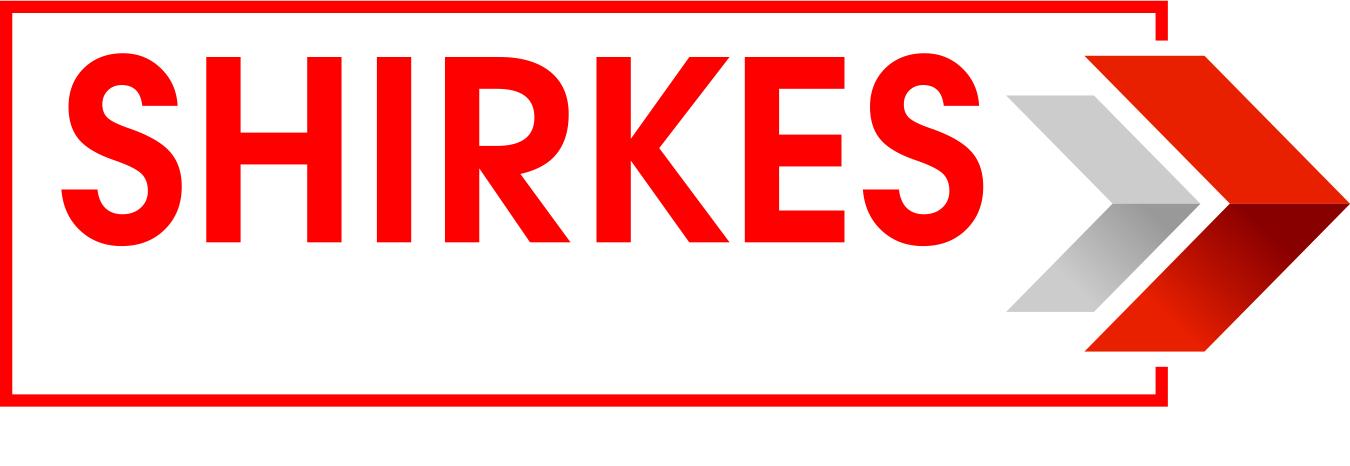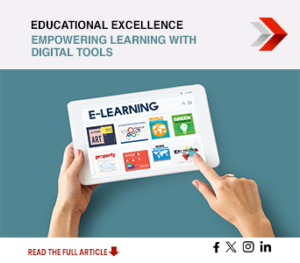Hey there, fellow learners and educators! Today, let’s dive into a topic that’s shaping the future of education: digital tools. Whether you’re a student looking to ace that next exam or a teacher aiming to create a dynamic classroom experience, these digital wonders are here to revolutionize the way we teach and learn.
Think about it: education is like a toolbox, and each tool serves a unique purpose. But what if we could upgrade those rusty old tools to shiny, high-tech gadgets? That’s where digital tools come in, paving the way for a brighter, more interactive learning experience.
So, why should we care about these digital marvels? Well, let me paint you a picture. Imagine sitting in a classroom where textbooks are swapped out for tablets, and dusty chalkboards are replaced with interactive whiteboards. Suddenly, learning isn’t confined to the pages of a book—it’s a dynamic journey where information comes to life with just a tap or a swipe.
One of the greatest benefits of digital tools is their ability to cater to diverse learning styles. Take, for example, visual learners who thrive on colorful graphics and interactive diagrams. With digital tools, concepts can be visually represented in ways that resonate with these students, making complex ideas easier to grasp.
But it’s not just about catering to different learning styles; digital tools also foster collaboration and communication. Remember those group projects that used to involve endless emails and scattered documents? Well, say goodbye to the chaos because collaborative platforms like Google Workspace and Microsoft Teams are streamlining the process, allowing students to work together seamlessly, no matter where they are.
Now, let’s talk about assessment—everyone’s favorite topic, right? Traditional exams can be nerve-wracking, but digital assessment tools are changing the game. From interactive quizzes to AI-powered grading systems, these tools provide instant feedback, helping students track their progress and identify areas for improvement. It’s like having a personal tutor in your pocket!
But wait, there’s more! Digital tools aren’t just for the classroom—they extend beyond the school walls and into the realm of lifelong learning. Whether you’re honing your skills with online courses or exploring new interests through educational apps, the opportunities are endless. With just a smartphone and an internet connection, you can embark on a learning journey that knows no bounds.
Now, I know what you might be thinking: “But what about the digital divide? Not everyone has access to these fancy gadgets and high-speed internet.” And you’re absolutely right—that’s a valid concern. But here’s the thing: bridging the digital divide isn’t just about providing access—it’s about empowering communities and leveling the playing field.
That’s where initiatives like Shirkes Media come in. By providing affordable technology solutions and fostering digital literacy, organizations like Shirkes Media are paving the way for a more inclusive future. Whether it’s donating laptops to underserved schools or offering free coding workshops, every effort counts in bridging the gap and ensuring that no one gets left behind.
So, what can you do to join the movement? Well, for starters, you can spread the word and advocate for digital inclusion in your community. Whether it’s volunteering at a local tech workshop or donating old devices to those in need, every action makes a difference.
But perhaps the most important thing we can do is embrace the power of digital tools in our own lives. Whether you’re a student, a teacher, or a lifelong learner, there’s a world of knowledge at your fingertips—quite literally. So, let’s harness the power of technology to unlock our full potential and embark on a journey of education empowerment.
In conclusion, digital tools are not just gadgets—they’re game-changers. From enhancing classroom learning to fostering lifelong curiosity, these tools have the power to transform education as we know it. So, let’s embrace the digital revolution and pave the way for a brighter, more inclusive future. Together, we can make learning not only accessible but also empowering for all.
Remember, the future of education is in our hands—or should I say, at our fingertips. Let’s make it count!










